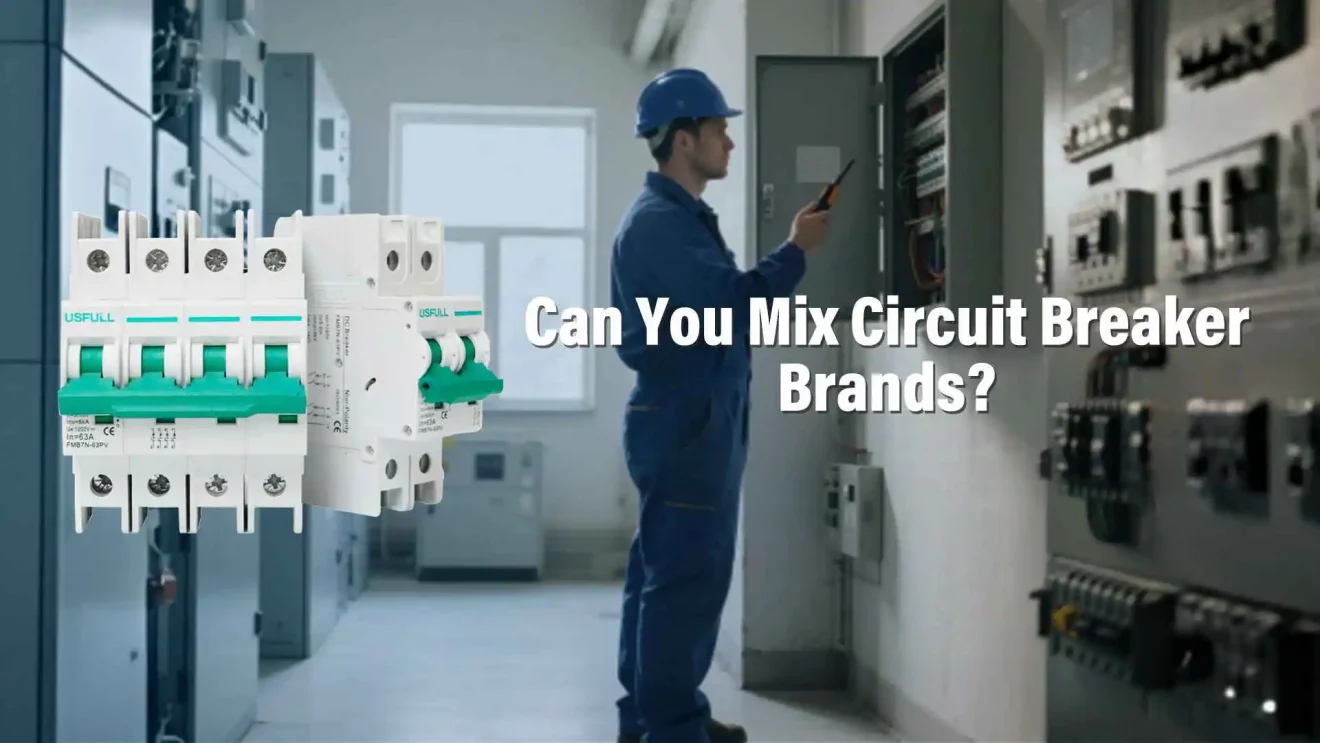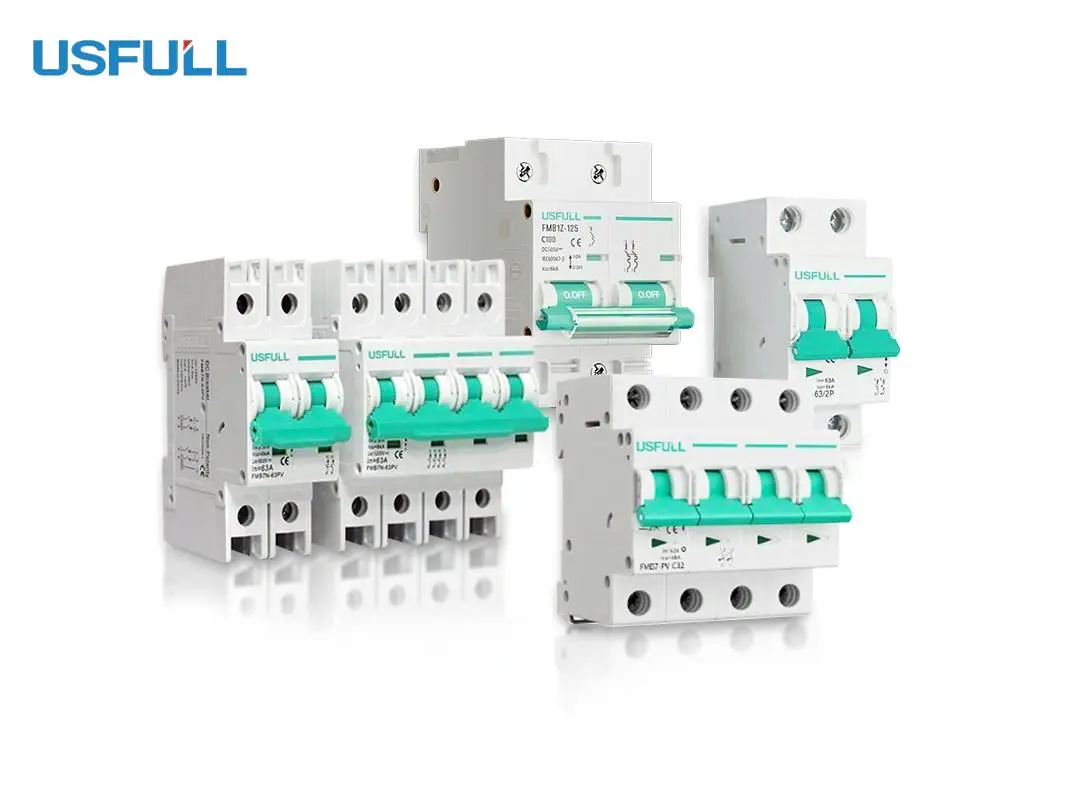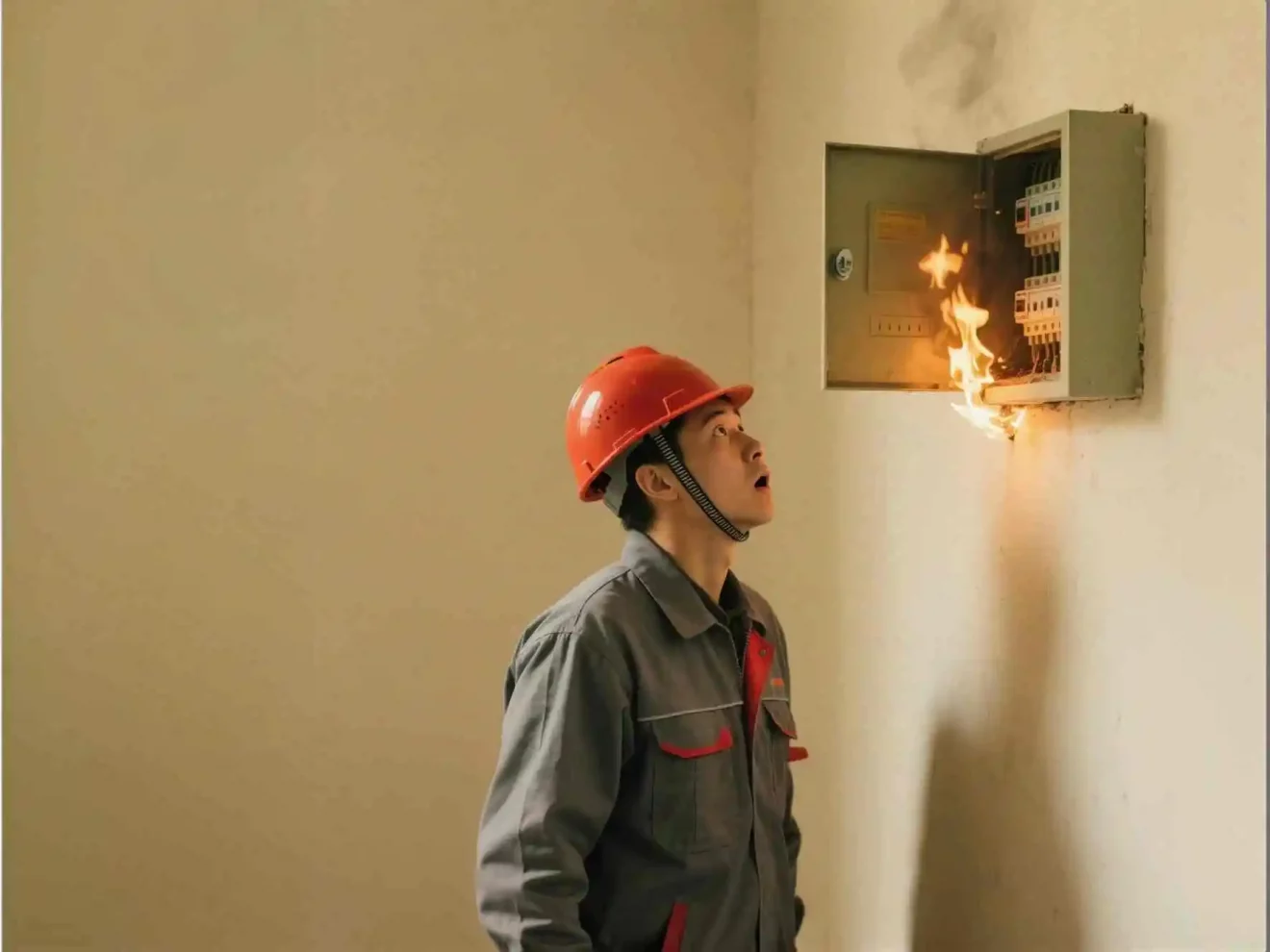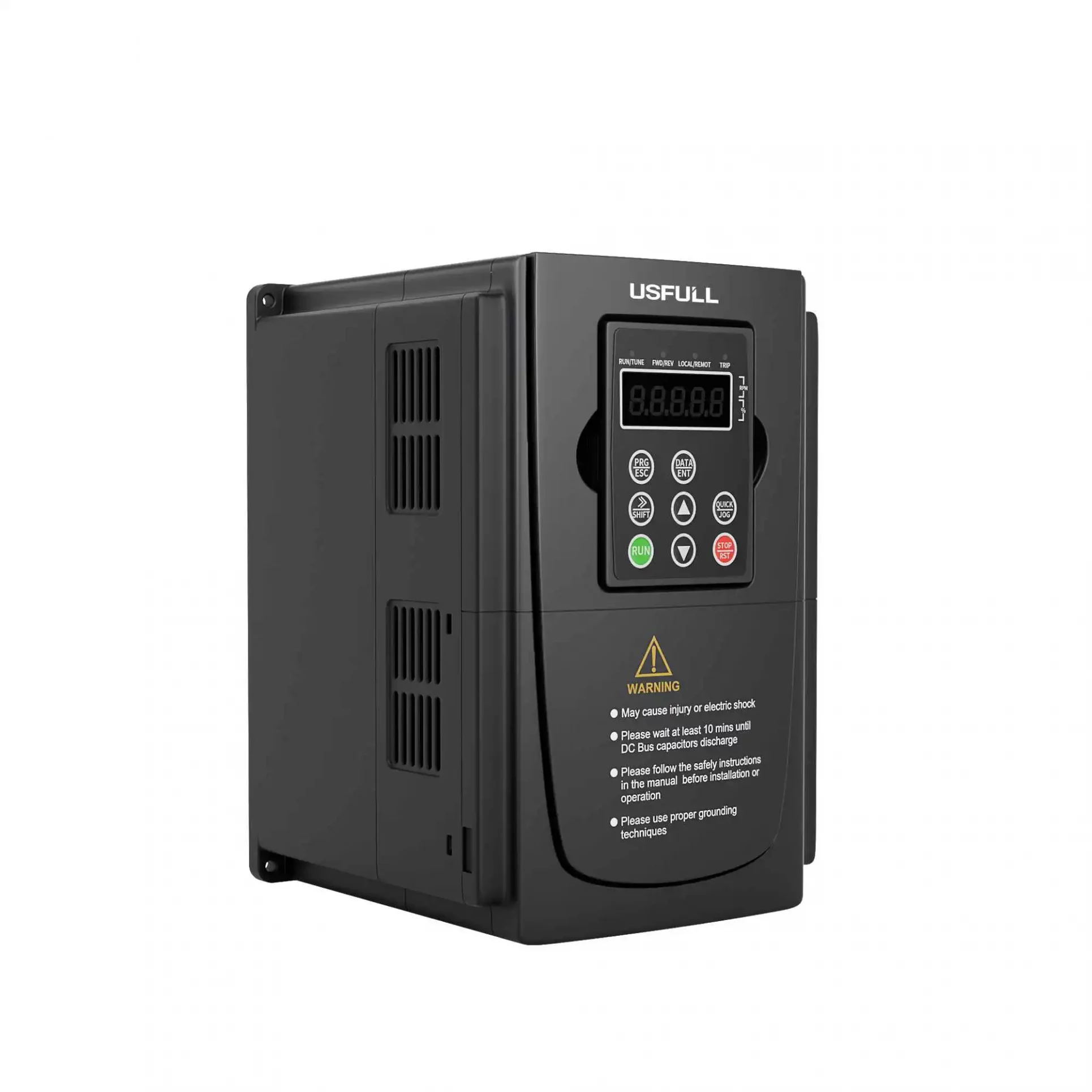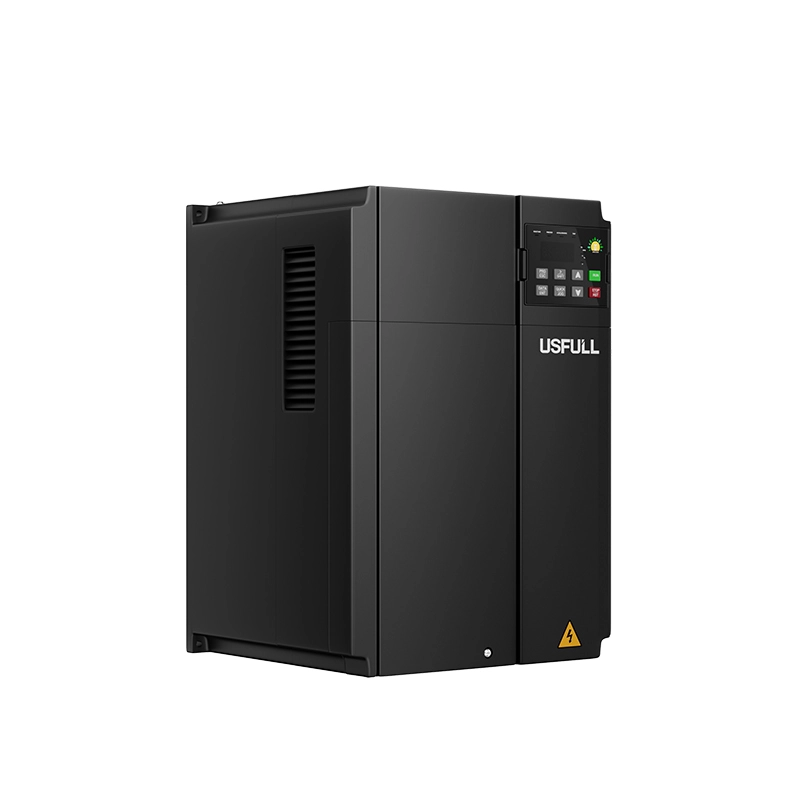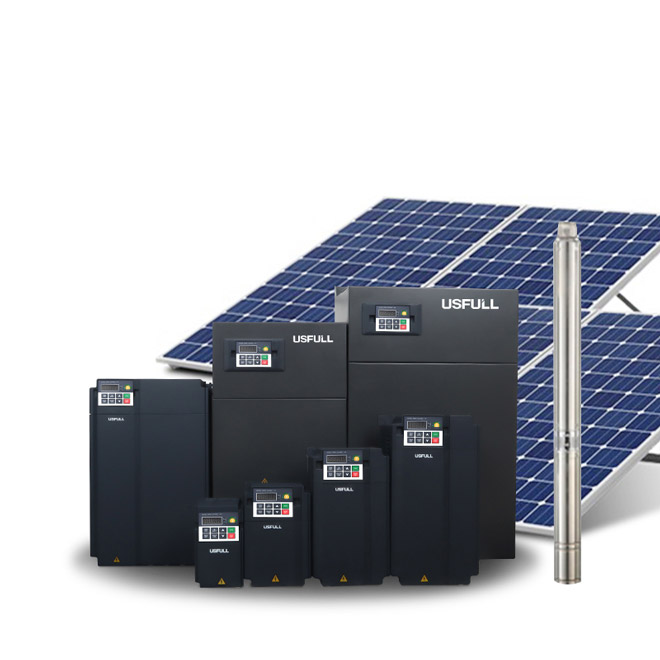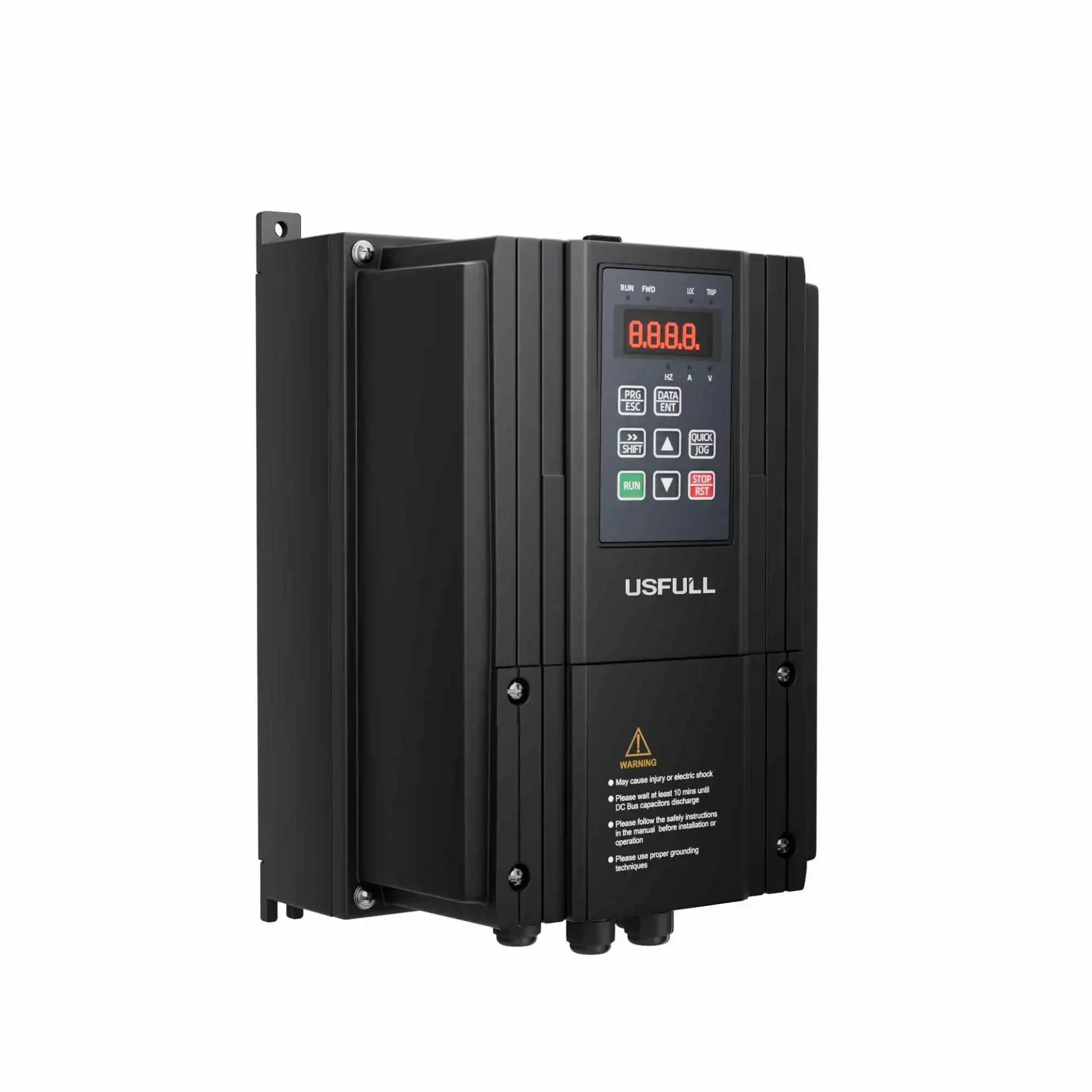Incompatible circuit breaker brands can cause dangerous electrical faults—leading to fire hazards, system malfunctions, and compliance issues. The solution? Always choose the right circuit breaker supplier.
Mixing circuit breaker brands is not recommended because each brand is designed with unique specifications. Always use compatible breakers from the same manufacturer to ensure safe and optimal performance.
Don’t risk costly damage or safety hazards—keep reading to understand how to properly select and combine circuit breakers.
Can You Replace a Circuit Breaker with a Different Brand?
While it might seem convenient to replace a circuit breaker with a different brand—especially when an original model is out of stock or discontinued—it’s not a safe or reliable practice. Circuit breakers are precision-engineered to fit into specific breaker panels, and even a slight variation in size, terminal placement, or bus bar compatibility can result in electrical failure or fire.
Manufacturers do not standardize every aspect of their breakers. For instance, a solar DC circuit breaker from one circuit breaker manufacturer in China may not align mechanically or electrically with a panel from another brand. Moreover, certification bodies like UL or IEC validate breaker-panel pairings based on strict compatibility. Replacing one brand with another breaks that chain of tested safety.
If you’re working with a trusted circuit breaker supplier—especially for solar or industrial systems—it’s best to source the correct brand or an officially listed substitute from that same manufacturer. As a reliable circuit breaker manufacturer, USFULL ensures proper testing and quality assurance to avoid such risks.
Are Circuit Breaker Types Interchangeable?
No, circuit breaker types are generally not interchangeable, and assuming so could endanger both your equipment and personnel. Circuit breakers come in various types—AC or DC breakers, thermal-magnetic or electronic, miniature or molded case—and each is designed for a specific purpose and system architecture.
For example, a DC circuit breaker has different arc-extinguishing properties compared to an AC breaker. The breaker DC design must handle continuous DC flow, which does not naturally cross zero like AC, making disconnection more difficult. Using an AC breaker in a DC application, such as in solar panel systems, can lead to arc flash and device failure.
Also, circuit breakers must match in trip characteristics, interrupt ratings, and voltage classes. Even within the same category, such as solar DC circuit breakers, variations in design make interchangeability risky. A top circuit breaker manufacturer like USFULL ensures that its solar DC breakers meet international standards, providing safe and consistent performance in solar installations worldwide.
If you need to switch breaker types, consult your panel’s documentation or work directly with a circuit breaker manufacturer or circuit breaker supplier to find a tested and certified alternative.
Can You Combine Two Circuit Breakers Together?
Combining two circuit breakers—whether in parallel, tandem, or through mechanical interlocks—requires strict adherence to safety codes and equipment design. This is not as simple as wiring two breakers side by side.
Parallel breaker setups, where two circuit breakers are used together to share current load, are typically limited to high-power industrial systems and must be specifically engineered. They require equal impedance paths, matching trip units, and synchronization to avoid imbalance, overheating, or failure. This setup should never be improvised and should always be approved by the panel and breaker manufacturer.
In some distribution boards, tandem breakers (two breakers sharing one slot) are allowed, but again, only if the panelboard is labeled to accept them. Installing unauthorized breaker combinations—even if they fit—violates electrical codes and can void warranties or certifications.
In solar systems especially, where DC power presents unique risks, combining DC breakers improperly can lead to arc flash or fire. A solar DC circuit breaker must be appropriately rated for the system voltage and application.
For safe integration, always consult with your breaker circuit manufacturer, or work with a trusted circuit breaker manufacturer in China like USFULL, who can provide certified breaker combinations suited for your system.
What Happens If You Install the Wrong Circuit Breaker in a Panel?
Installing the wrong circuit breaker in a panel can cause a cascade of dangerous consequences. From physical damage to the panel to complete system failure or fire, the risks are severe and often costly.
A mismatched breaker may not seat properly in the panel, leading to loose connections that create arcing or heat build-up. The breaker might also fail to trip during overloads or short circuits, putting all connected devices at risk. This is particularly critical in DC applications—where choosing the wrong DC circuit breaker can result in sustained arcs that are difficult to extinguish.
Additionally, installing an incompatible breaker voids any panel certification and may breach national or international electrical codes (e.g., NEC, IEC). For commercial buyers, this means insurance liability and lost revenue due to system downtime or damage.
If you’re sourcing breakers from a circuit breaker manufacturer or circuit breaker supplier abroad, such as a circuit breaker manufacturer in China, always verify compatibility. Ask for test reports, certifications, and reference projects. A reputable supplier like USFULL offers a complete range of certified DC breakers, breaker DC units, and solar-ready breaker circuit options, ensuring peace of mind.
Mixing breaker brands compromises safety and reliability—always source the right breaker circuit from trusted suppliers.

